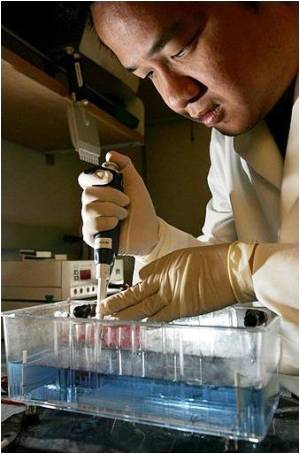
Adverse effects of the skin include rashes, nail problems, and the hand-foot syndrome. The substance class of multikinase inhibitors causes such cutaneous adverse effects in up to 34% of patients. The proportion of patients with adverse effects is even higher for the selective kinase inhibitors, such as epidermal growth factor receptor (EGFR) inhibitors and inhibitors of mutated BRAF, with up to 90% affected, and for immunotherapeutics such as the CTLA-4 antibody, with up to 68% affected.
Such adverse effects can be severe, painful, or lead to psychological discomfort due to their localization on visible areas of the body, and this can affect patients' willingness to continue treatment. However, adverse effects can also be associated with a patient's positive response to therapy, as is the case for the EGFR inhibitors.
Early recognition and treatment of cutaneous adverse effects are critical to successfully implementing anti-cancer drug therapies. Achieving this requires on the one hand the primary treating physician, and on the other, an intensive, interdisciplinary collaboration involving dermatologists.
Source-Eurekalert















